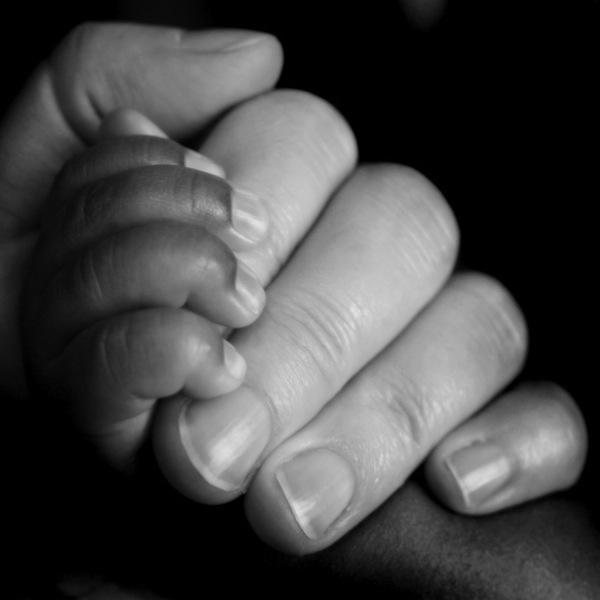
There are many concerns when adopting a child. Perhaps the most challenging thing about the process is creating a bond with a newly adopted child. Children who are adopted often come from pasts that were not nurturing of growth or emotional development, and this can create a real sense of unease and a difficulty in creating new emotional attachments.
Childhood development specialist Marcy Axness instructs adoptive parents to meet their child at his or her level. Parents need to strive to understand the struggles and breaking of past bonds that have occurred in their lives. This is important for all adoptive families to keep in mind and is a technique that works with both very young children as well as older children. Adoptive families must have a generous helping of empathy in order to create a sense of trust with their child. For an older child, the parent might think about what it would feel like to have gone through whatever struggles the child faced in the journey to their new home, and then to treat the child in ways that mitigate those feelings. For a young child, the parent needs to recognize what a traumatic and disorienting experience it is for that child to lose their birth mother, who has up until this point been literally surrounding the child. Speaking with empathetic tones and listening with an empathetic ear are the keys to successful bonding.
For children under five years of age, one real concern is reactive attachment disorder. Axness explains that this occurs in a high percentage of children who have been in institutions or in the foster care system. This disorder manifests as anger, detachment and an inability to trust others, particularly adults. The best ways to combat this major issue is to create a home environment with an abundance of structure and lots of nurturing. Home must be a place where young children can predict what will happen so that they feel a sense of permanency, which helps to create a sense of belonging and ease in the child.
In older children, an incredibly powerful technique to help parents create a bond is developmental parenting. Founder of the Attachment Bonding Center Gregory Keck describes this method as meeting the child where they are developmentally. A child who is 15 might be chronologically that age, but emotionally and psychologically their life’s journey might not have facilitated their developmental age. You might play developmentally appropriate games or do developmentally appropriate activities with the child. Activities that create close physical contact can also help create a closer, more familial bond with older children.
What we hear again and again from the experts is that every adoptive child is unique and has unique needs to become fully realized members of their new family. In order to help bonding happen as quickly and strongly as possible, adoptive parents must look at their children of any age with empathy and understanding.











One-on-one time is important with any child and will definitely help you if you have adopted children.
Some kids who have been adopted come from a really rough background. It is important to understand their emotional needs and concerns and get them the help they need.